Measure Air Pollution With
Prana Air Smart Air Quality Monitors
Monitor, Analyze, and Control Your Air Quality with Precision Technology.
Measure Air Pollution With
Monitor, Analyze, and Control Your Air Quality with Precision Technology.
Explore
For Every Space: Home, Office, & Industrial Use




































Compliance with
LEED, WELL, & ASHRAE
Standards

Cost-effective solutions without compromising on accuracy, using high-end sensors for measuring.

Monitor air quality anytime, anywhere through the AQI mobile app, TV app or web dashboard.

Customized solutions for various industries, offering clear, detailed data views.

Accurate, real-time pollutant tracking with compact, easy-to-use devices.

Connect via Wi-Fi, GSM, or RS-485 and integrate with BMS for 24/7 real-time monitoring.



The harmful substances released into the air are air pollutants that negatively impact the environment and human health.
According to WHO research, nine out of ten people breathe poor air quality, with 99% of the global population exposed to levels exceeding recommended limits. Air pollution causes 8 million deaths each year—3.8 million indoors and 4.2 million outdoors.
The dramatic rise in population has increased energy consumption and resource use. It leads to higher pollutant levels and greater health risks, particularly respiratory illnesses. Therefore, air quality monitoring is crucial. Prana Air’s air quality monitors helps in checking pollutants in your environment to make informed decisions for healthier, cleaner air.
Learn More
Explore
Prana Air’s uses advanced technology of air quality monitoring sensors in every device. These sensors can easily detect various pollutants as in indoor and outdoor settings.
Air Sensor :
Operating Principle :
Light enters the mirror’s 90° opening and reflects toward the sensor. The photodiode records a pulse to create an electrical signal for the particulate matter concentration.
Air Sensor :
Operating Principle :
Gas molecule absorb infrared radiation (IR) at a specific wavelength and it vibrates. Sensors measures the decrease in transmitted IR light with the concentration of gas.
Air Sensor :
Operating Principle :
These amperometric fuels have two electrodes. It oxidizes with airborne water molecules and the gas chemical when the gas contact with the working electrodes.
Air Sensor :
Operating Principle :
Semiconductor particles absorb oxygen by capturing free electrons at high temperatures. The depletion layer determines the particle’s size that can cover each particle entire surface.
Air Sensor :
Operating Principle :
These amperometric fuel cells have two electrodes. It reacts with airborne water molecules and oxidizes when the poisonous gas and a working electrode contacts.

Indoor sources- cooking, candle burning, tobacco smoking, kerosene heaters, construction activities. Outdoor sources- forest fires, earthquakes, volcanic eruptions, power plants, waste treatment plants, oil refineries, etc.
PM 2.5 diameter is less than 2.5 microns and easily enters the lungs and bloodstream. It causes sneezing, inflammation, skin allergies, asthma, coughing, pneumonia, irregular heartbeat, nonfatal heart attacks, etc. A high PM 2.5 level reduces the visibility. It can also lead to environmental changes as well. PM10 causes allergies that can influence sensitive groups.


The top source of indoor presence of CO2 is humans. As humans inhale oxygen and exhale CO2. It also releases from heating devices, oil-burning coal, and gas burning. CO2 is also emitted because of Deforestation or soil degradation.
High CO2 levels highly influence the individual’s performance in a school or office. CO2 exposure can cause headaches, dizziness, restlessness, breathing difficulty, increased heart rate, and other symptoms. CO2 emissions also cause global warming. Long-term exposure can cause extreme health issues. Such as cardiac arrest, and impaired cognitive function.


Indoor- Paint, glue, soaps, fabrics, wood, cleansers, plastic products, solvents, etc. TVOCs vaporate at room temperature and release into the air. Outdoor sources of TVOCs are industrial processes, wildfires, and vehicle emissions.
TVOCs evaporate at room temperature. It causes strong odors that cause headaches, fatigue (tiredness), dizziness, nosebleeding, and eye, nose, and throat irritation. High exposure to TVOCs can cause severe health issues. Such as nausea, asthma, and damage to the kidneys, liver, or nervous system. Some chemicals can also cause cancer in animals.


Indoor: Smoking, cleaning products, furniture, burning fuel, cosmetics, paint, incense lighting, etc. releases HCHO in the indoor air. Outdoor: HCHO releases from natural gases burning, gasoline, etc.
HCHO exposure can cause extreme health issues. Any individual can face irritation of the eyes, nose, and throat. It can also lead to skin or lung allergies. With it, it increases the chances of some types of cancer and also causes consciousness loss, pneumonia, and other extreme health issues. HCHO exposure can also affect reproductive health.

Indoor sources- cooking, candle burning, tobacco smoking, kerosene heaters, construction activities. Outdoor sources- forest fires, earthquakes, volcanic eruptions, power plants, waste treatment plants, oil refineries, etc.
PM 2.5 diameter is less than 2.5 microns and easily enters the lungs and bloodstream. It causes sneezing, inflammation, skin allergies, asthma, coughing, pneumonia, irregular heartbeat, nonfatal heart attacks, etc. A high PM 2.5 level reduces the visibility. It can also lead to environmental changes as well. PM10 causes allergies that can influence sensitive groups.


The top source of indoor presence of CO2 is humans. As humans inhale oxygen and exhale CO2. It also releases from heating devices, oil-burning coal, and gas burning. CO2 is also emitted because of Deforestation or soil degradation.
High CO2 levels highly influence the individual’s performance in a school or office. CO2 exposure can cause headaches, dizziness, restlessness, breathing difficulty, increased heart rate, and other symptoms. CO2 emissions also cause global warming. Long-term exposure can cause extreme health issues. Such as cardiac arrest, and impaired cognitive function.


Indoor- Paint, glue, soaps, fabrics, wood, cleansers, plastic products, solvents, etc. TVOCs vaporate at room temperature and release into the air. Outdoor sources of TVOCs are industrial processes, wildfires, and vehicle emissions.
TVOCs evaporate at room temperature. It causes strong odors that cause headaches, fatigue (tiredness), dizziness, nosebleeding, and eye, nose, and throat irritation. High exposure to TVOCs can cause severe health issues. Such as nausea, asthma, and damage to the kidneys, liver, or nervous system. Some chemicals can also cause cancer in animals.


Indoor: Smoking, cleaning products, furniture, burning fuel, cosmetics, paint, incense lighting, etc. releases HCHO in the indoor air. Outdoor: HCHO releases from natural gases burning, gasoline, etc.
HCHO exposure can cause extreme health issues. Any individual can face irritation of the eyes, nose, and throat. It can also lead to skin or lung allergies. With it, it increases the chances of some types of cancer and also causes consciousness loss, pneumonia, and other extreme health issues. HCHO exposure can also affect reproductive health.


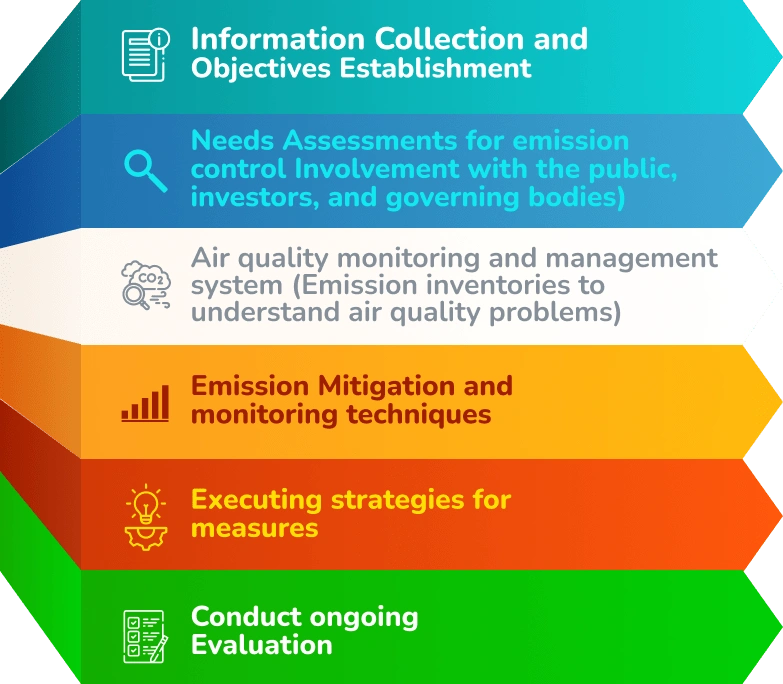
Air Quality Management System is a comprehensive plan to reduce air pollution by tracking root cause of air pollution in different settings. Prana Air’s air quality monitors plays a crucial role in each step. As these needed for emission inventories, helping to identify and understand air quality problems. The real-time data from our monitors support effective decision-making for emission control and contribute to the overall assessment of air quality.

Outdoor air is also known as ambient air typically monitored using (Continuous Ambient Air Quality Monitoring Station) CAAQMs. Prana Air’s outdoor air quality monitors offer the same functionality as CAAQMs with a compact and efficient design.
Prana Air’s outdoor monitors track AQI, PM2.5, PM10, CO, NO2, SO2, O3, Noise and other pollutants.
Get A Quote

Prana Air’s indoor air quality monitors are perfect for any setting—offices, homes, schools, and more. Their compact design and user-friendly features make them the perfect choice for indoor air monitoring.
Prana Air’s indoor air quality monitors measure PM2.5, CO2, CO, VOCs, temperature, humidity more.
Get A Quote

Outdoor air is also known as ambient air typically monitored using (Continuous Ambient Air Quality Monitoring Station) CAAQMs. Prana Air’s outdoor air quality monitors offer the same functionality as CAAQMs with a compact and efficient design.
Prana Air’s outdoor monitors track AQI, PM2.5, PM10, CO, NO2, SO2, O3, Noise and other pollutants.
Get A Quote

Prana Air’s indoor air quality monitors are perfect for any setting—offices, homes, schools, and more. Their compact design and user-friendly features make them the perfect choice for indoor air monitoring.
Prana Air’s indoor air quality monitors measure PM2.5, CO2, CO, VOCs, temperature, humidity more.
Get A Quote
Our air quality monitors meet all air quality standards. These standards are just recommended to make them applicable to global solutions. With it, it also supports many air quality management policy alternatives. Check different pollutant parameters in outdoor or indoor air.
Connect your device with a TV or Web Dashboard. As to showcase various sights for air quality monitoring on a big screen. As you can see the individual pollutant in the air. With it, it also displays the historical data to determine past exposure. You can also check the pollutant summary for the last 24 hours and the filtration score.
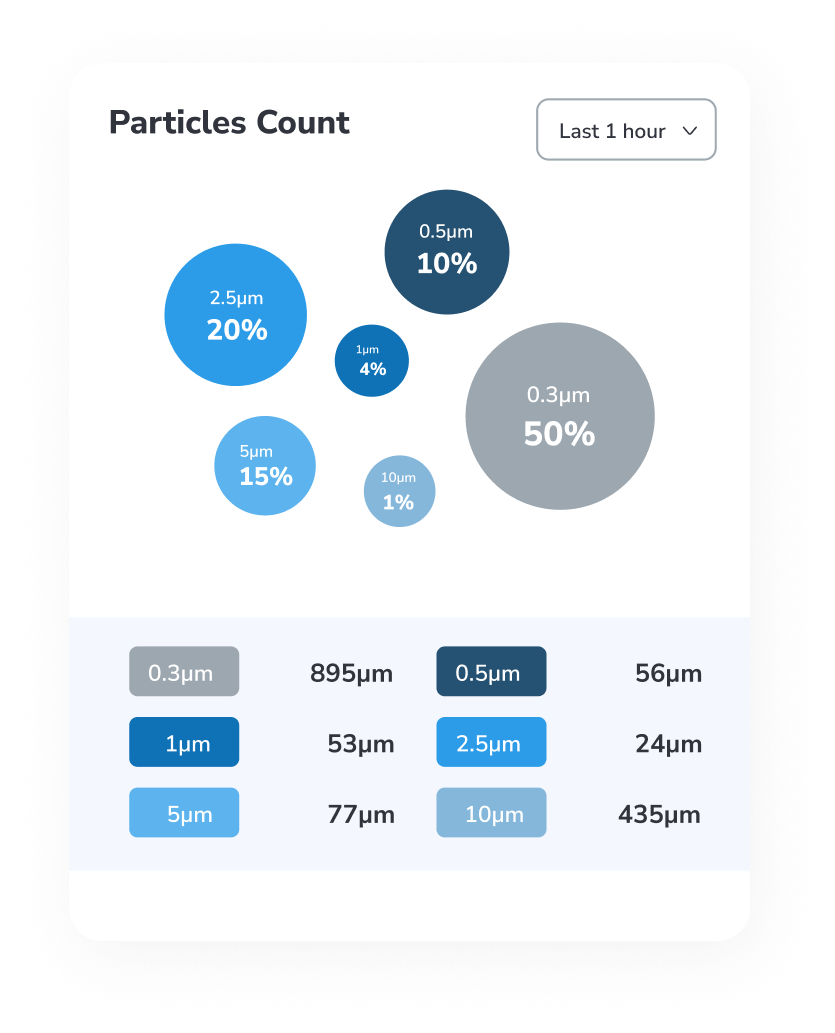

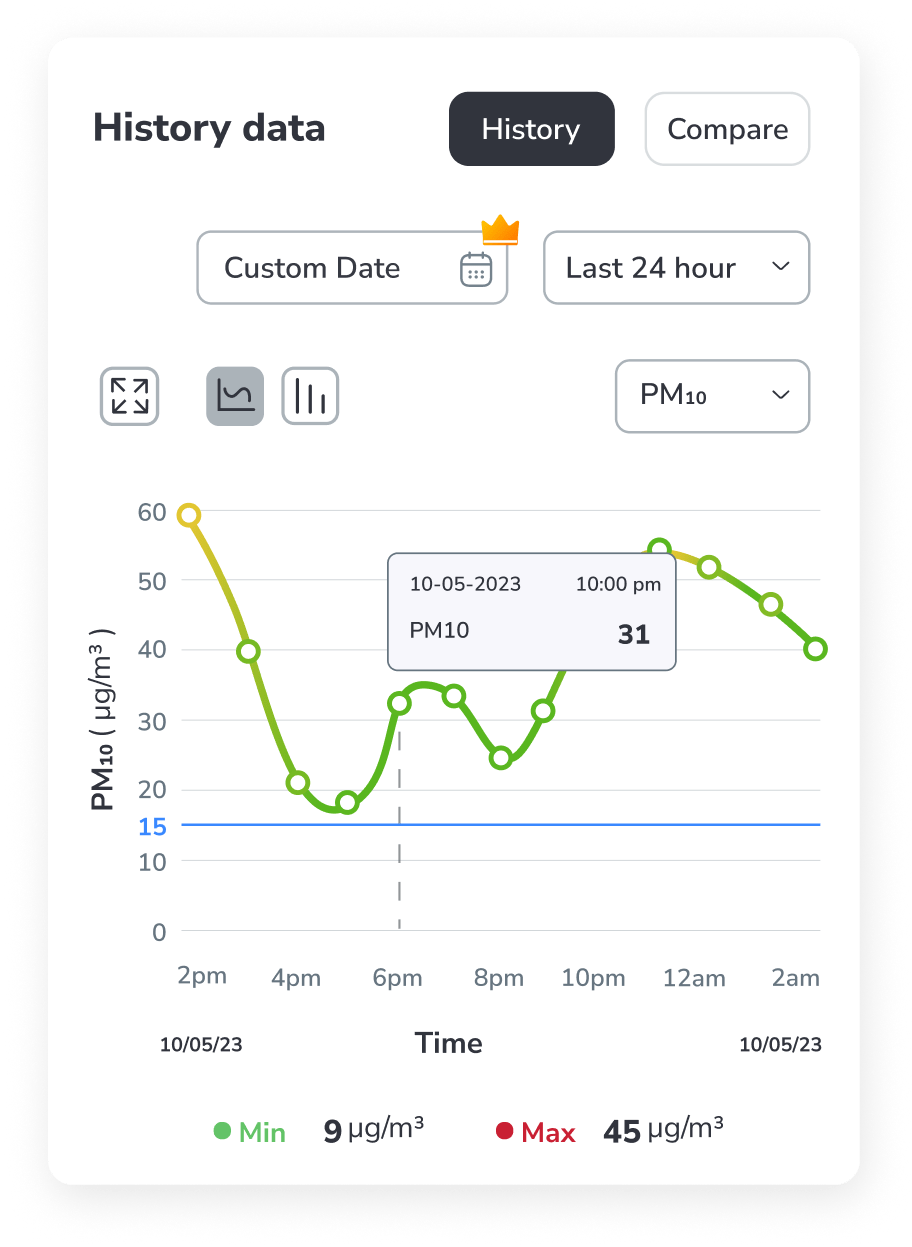
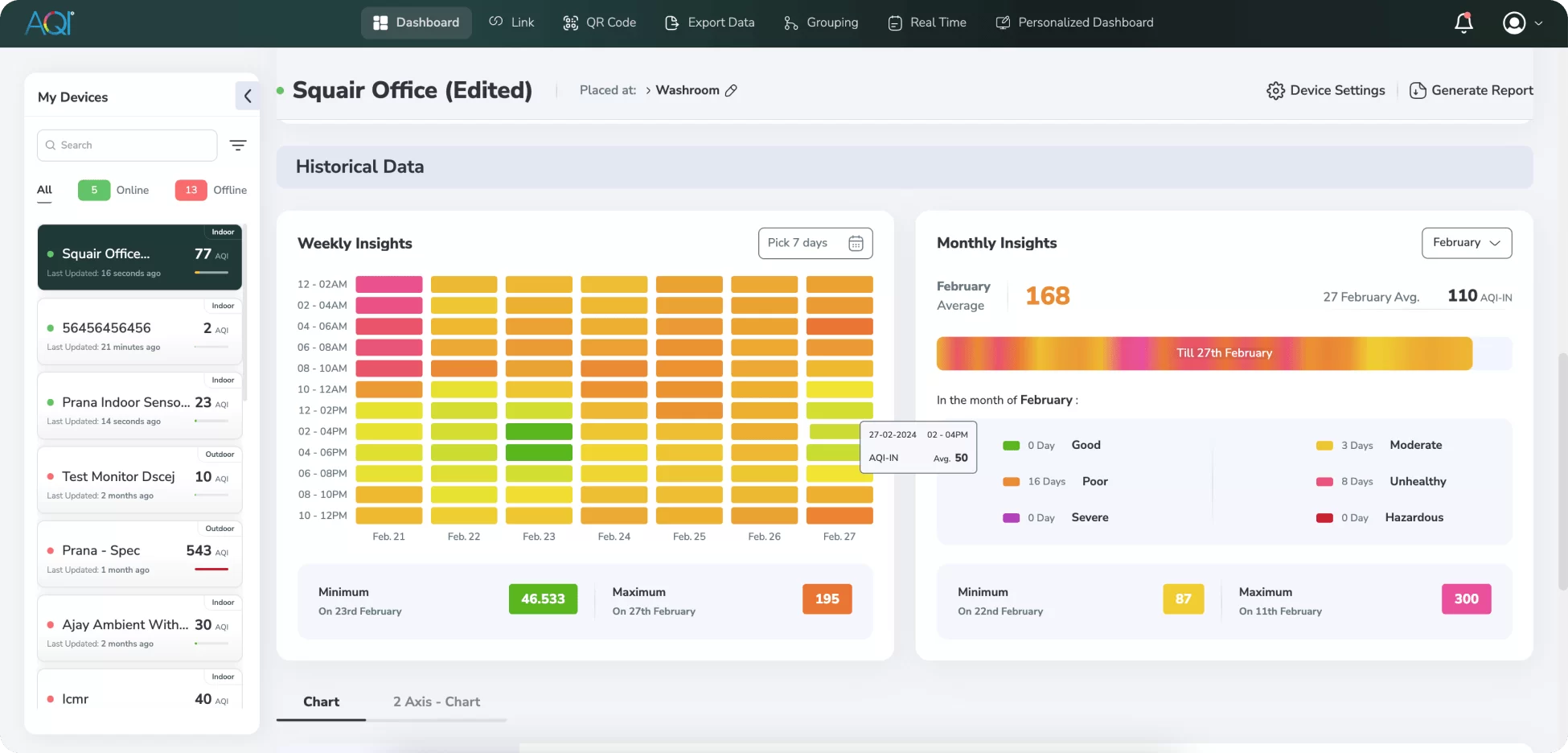
PM2.5 correlation with a high-end instrument
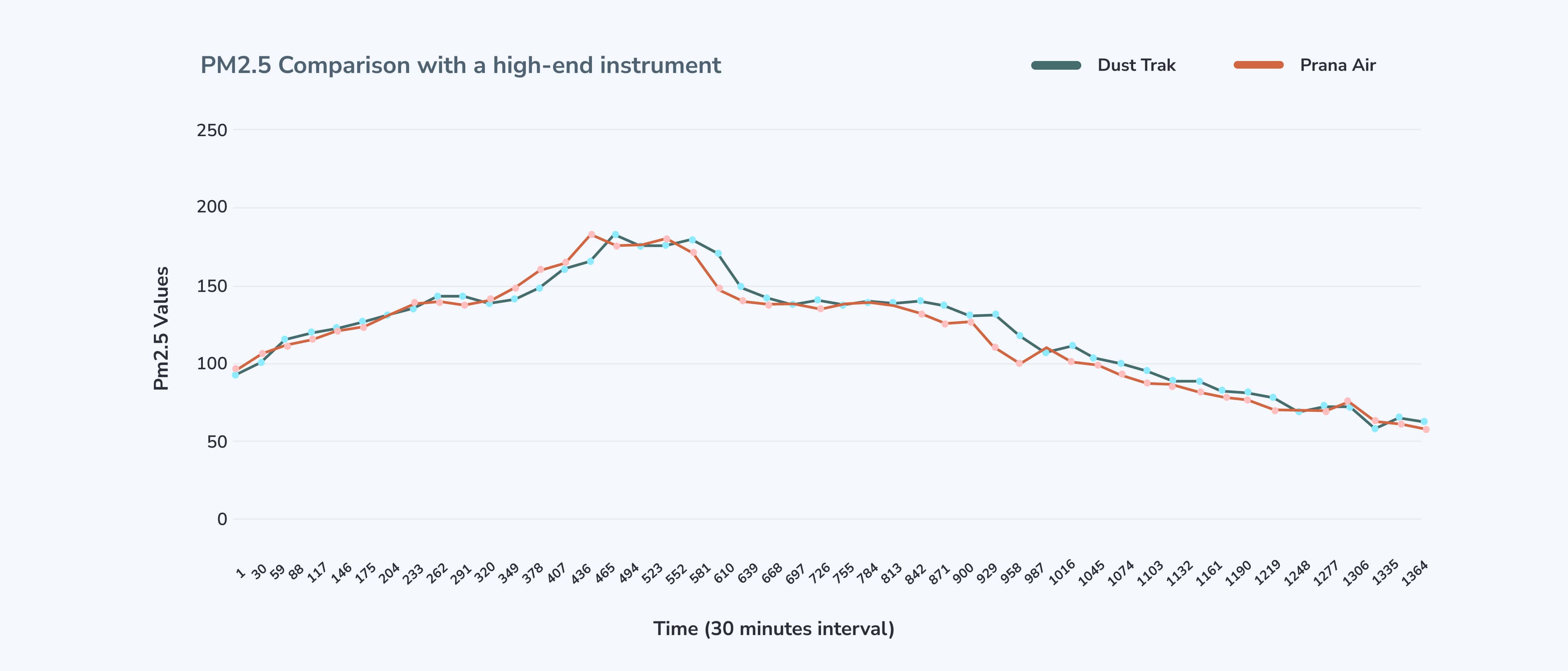
Prana Air’s PM2.5 device and high-end instrument data exhibit correlations. Our device displays correct statistics at pocket-friendly charges for better insight and action.
 Platforms
Platforms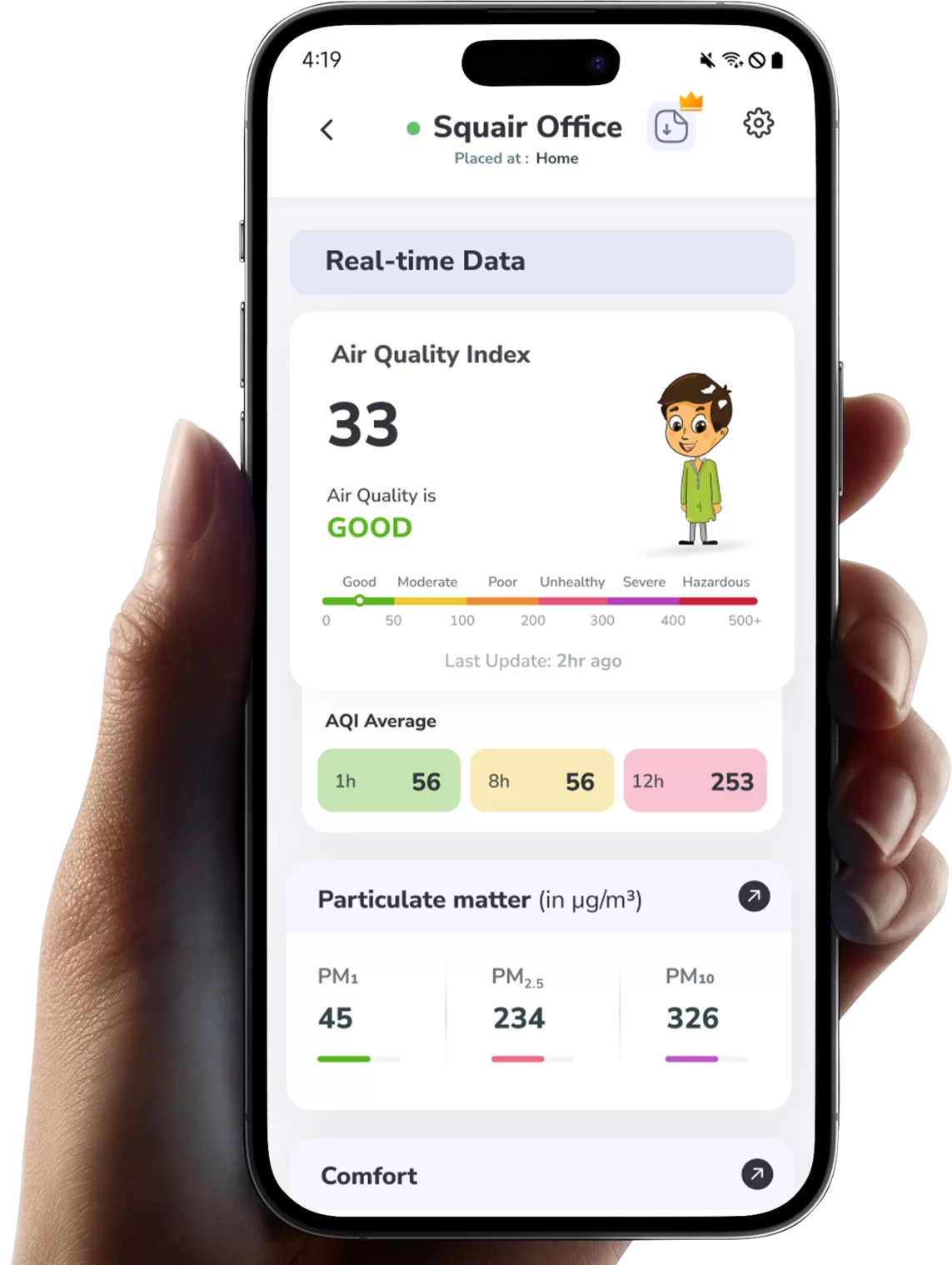
 Mobile App
Mobile App
Take some precautions about what to do and not to do when the air quality is good and bad.

Access real-time and historic air quality data (24 hours, week, or months) via AQI app.
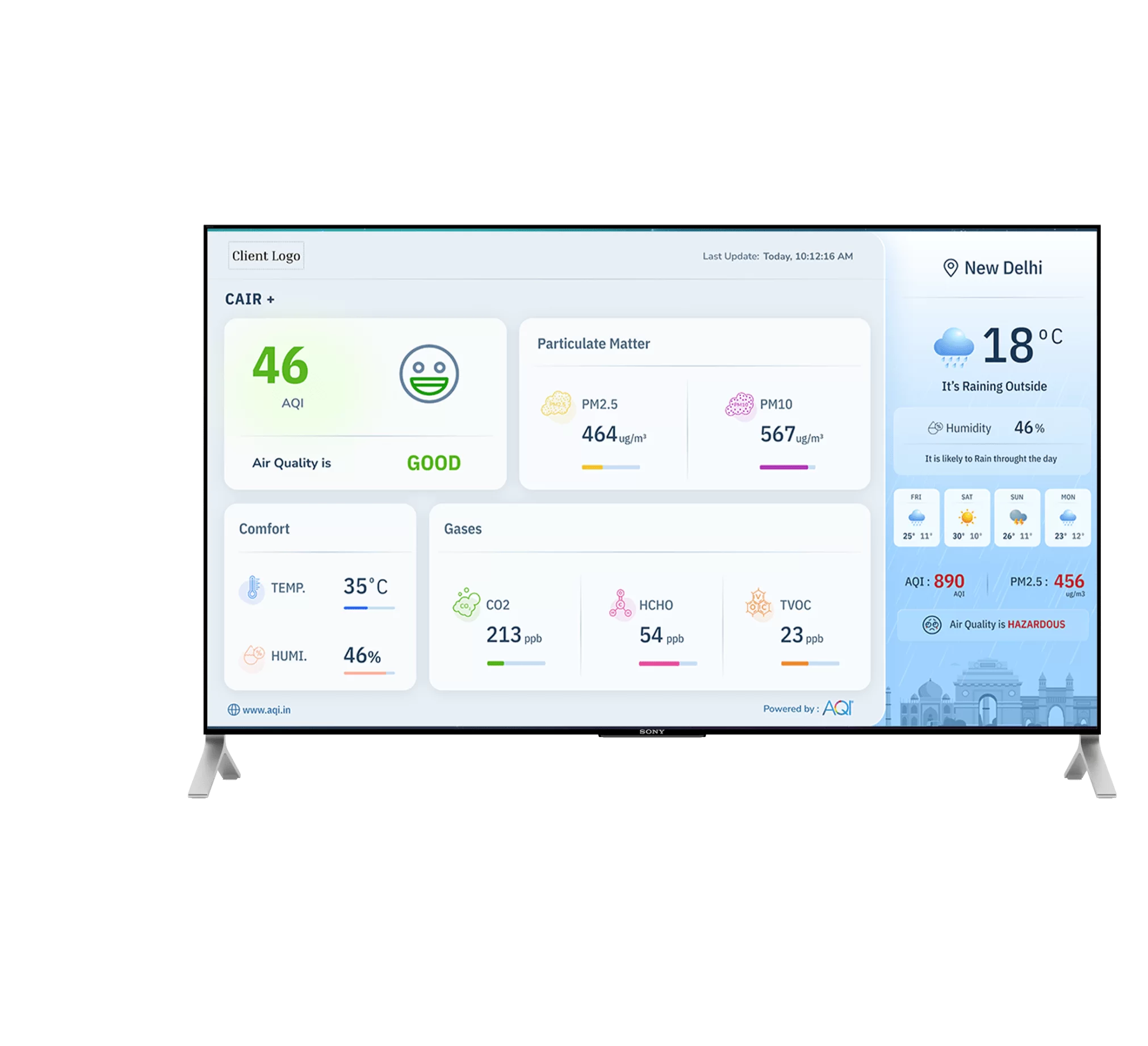
 TV Application
TV Application
Get a variety of theme options to set on your TV for a better and more personalized data showcase.

Connect your device with the TV app and get 24*7 air quality data on your TV screen.

 Web Dashboard
Web DashboardGet Real-time and historical air quality, temperature, etc, data anytime and anywhere.

Compare multiple data from outdoor air quality to make informed decisions.

 Mobile App
Mobile App
Take some precautions about what to do and not to do when the air quality is good and bad.

Access real-time and historic air quality data (24 hours, week, or months) via AQI app.

 TV Application
TV Application
Get a variety of theme options to set on your TV for a better and more personalized data showcase.

Connect your device with the TV app and get 24*7 air quality data on your TV screen.

 Web Dashboard
Web DashboardGet Real-time and historical air quality, temperature, etc, data anytime and anywhere.

Compare multiple data from outdoor air quality to make informed decisions.
Get an insight into various scores such as thermal comfort, mold, ventilation, filtration, odor, mites, viruses, etc. Make well-informed decisions to control after monitoring.

the provision of fresh air to your room

people capacity of the room

the provision of fresh air to your room

probability of virus formation in the room
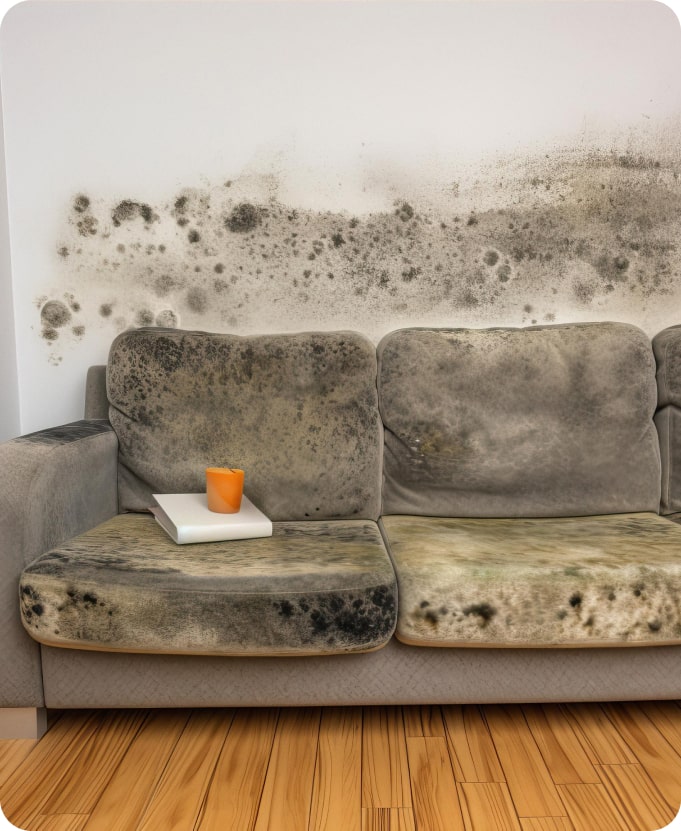
probability of mold formation in the room

a distinctive smell in the room
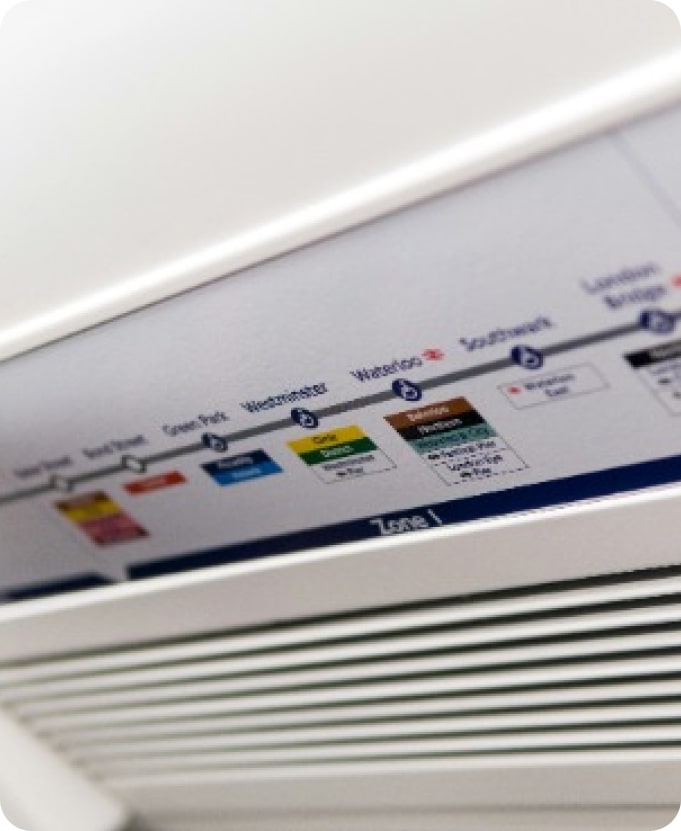
efficiency of filter in the room

a state of physical ease in the room
Some of the Industry’s Top Organisations



































 DPCC Guidelines
DPCC GuidelinesPlease help us know what requirements you have.
Our team will contact you very soon.
Looking for Any Indoor Air Quality Monitor?